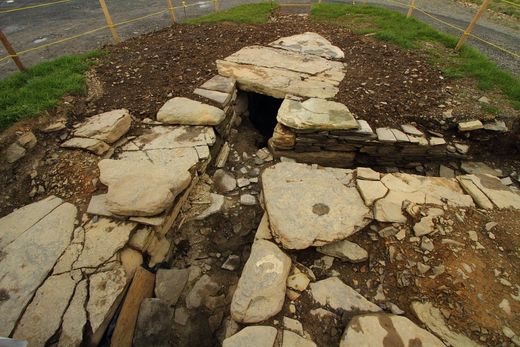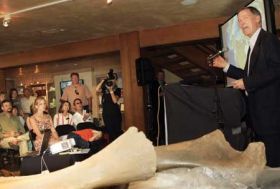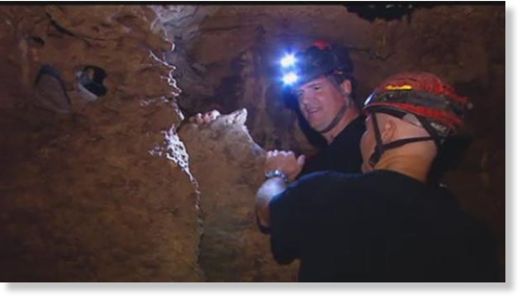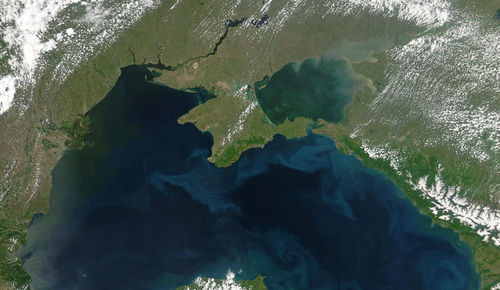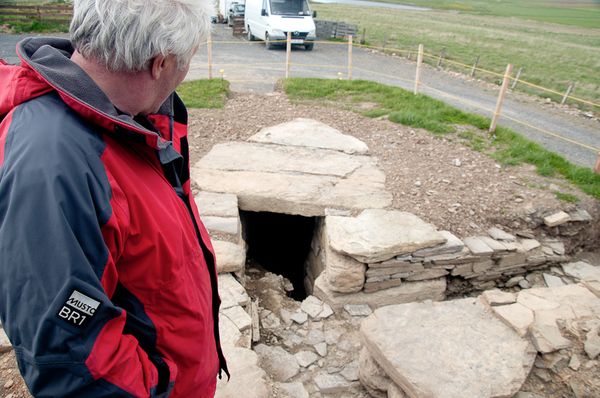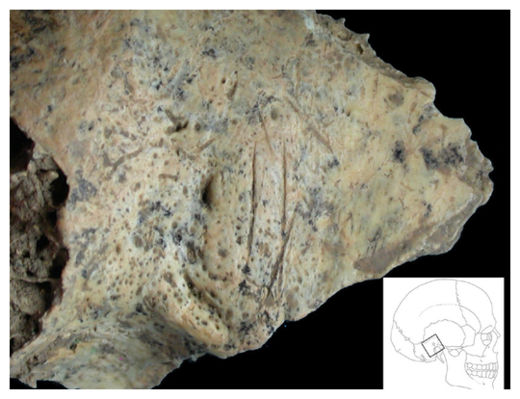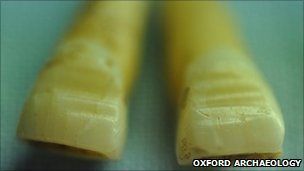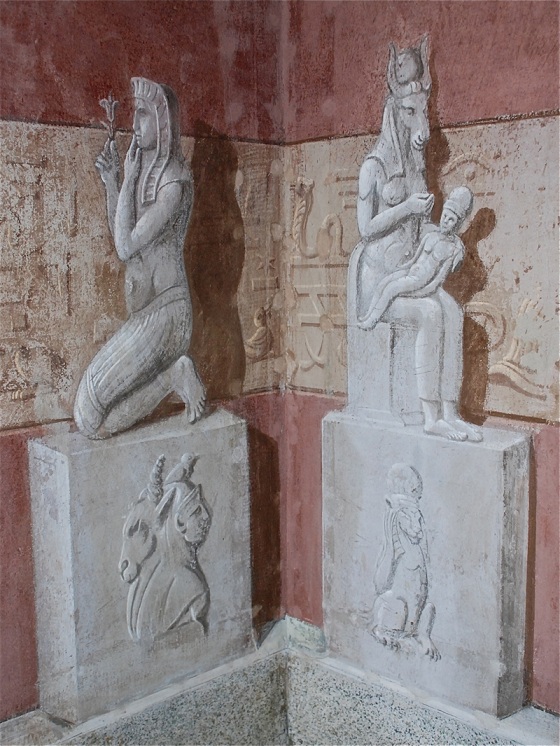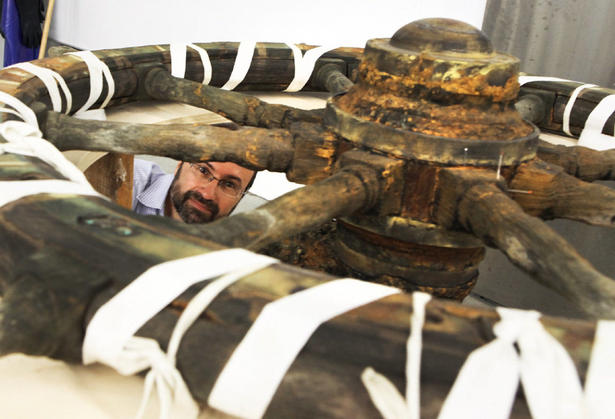
The picture shows HMS Investigator, a British ship sent to find the famous 1845 Franklin expedition in search of the Northwest Passage. Like HMS Erebus and HMS Terror that Sir John Franklin led to their frigid fates, the Investigator was abandoned in April 1853 after it became trapped in ice 150 metres off the north shore of Banks Island.
The only evidence of the incredible discovery made last July is four hours of underwater video and the black-and-gold sonar image that conjures up a child in the womb.
Located eight metres below the water's surface, the upper deck of the vessel is strewn with broken timber, from 158 years of seasonal ice forming and breaking up, and drifting icebergs. Of its three decks, only the top one is visible. The other two are covered from the outside by a century and a half of ocean silt.
Bernier, who is from Kapuskasing, Ont., will lead a team of six underwater archeologists below the surface of the sea (which is expected to be about 0C this time of year) and lay hands on something that has stalked their imaginations for years. They expect to set up their camp Sunday and spend about two weeks exploring the wreck.
